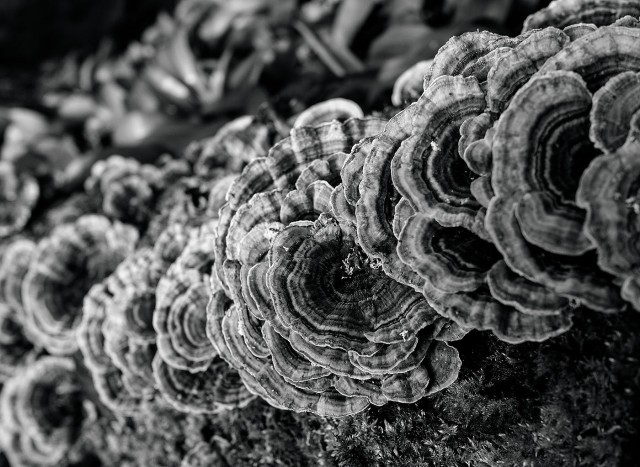Bob Fischer kindly invited me to contribute a weekly item to his Thursday night BBC Tees show. These are the notes from a show a few weeks ago on the subject of death & burial traditions from our area

On the coast it was believed that a person couldn’t die until the tide was out and couldn’t be born until the tide was in.
It was believed that a person couldn’t die on a mattress stuffed with the feathers of pigeons or wild birds.

Following a death all fires must be extinguished in the room where the corpse is kept and any animal that jumps over the coffin must be killed immediately and without mercy.
If a person is drowned, it is said that their body will float to the surface on the 9th day.

When searching for a drowned body it was said that a loaf of bread soaked in quicksilver will swim towards the location of a corpse.
At funerals there was a custom to hand ‘burnt wine’ to the funeral goers in a silver flagon, out of which every one drank. The drink was a heated preparation of port wine with spices and sugar and if any remained, it was sent round in the flagon to the houses of friends for distribution. The passing bell was then tolled at all hours of the night to keep away evil spirits.

Some folk had an aversion to be taken to the church by hearse, choosing instead rather to be carried by hand. The coffin was carried by slinging linen towels beneath it. Women were carried by women, men by men, and children by children
If a woman died in childbirth, a white sheet was thrown over the coffin.
If an unmarried female died, a garland was carried in front of the coffin and hung up in the church after the funeral. The garland consisted of two hoops intertwined, decorated with white paper flowers and ribbons, in the centre was a white glove, often home-made, of paper or fine linen, upon which was stitched or written the name and age of the deceased. A couple of these garlands have been survived and can be seen in St Stephens church at Robin Hoods Bay.

When a girl, or an older unmarried female was carried by hand, the bearers were all young or single women dressed in white wearing white straw bonnets. If the body is taken to the gates of the churchyard by the hearse, the plumes of the vehicle and the hatbands of the carriage drivers were entwined with white ribbons
It was customary to send gloves to the friends of the deceased, white for the funeral of an unmarried person, black for the married.
